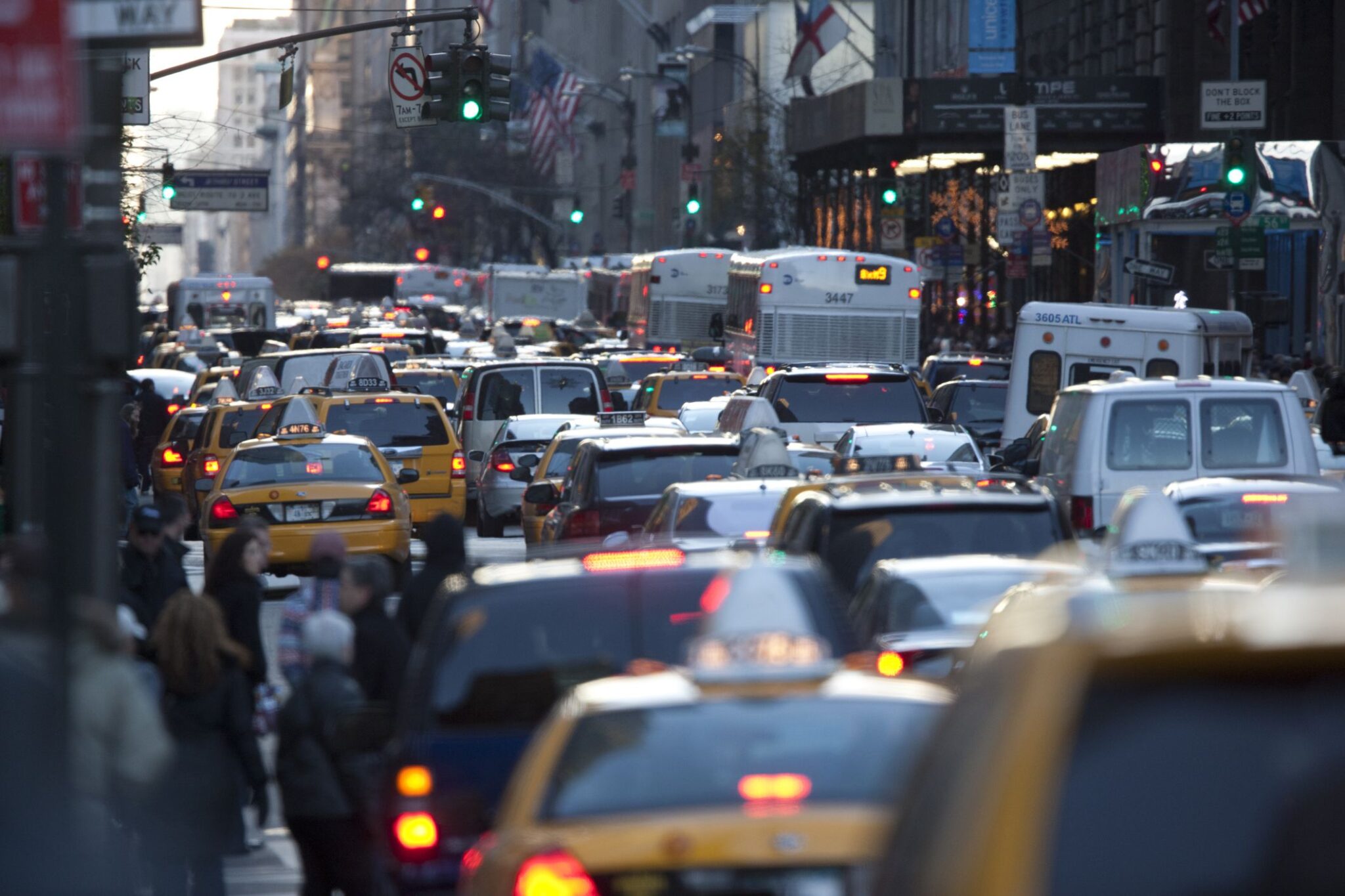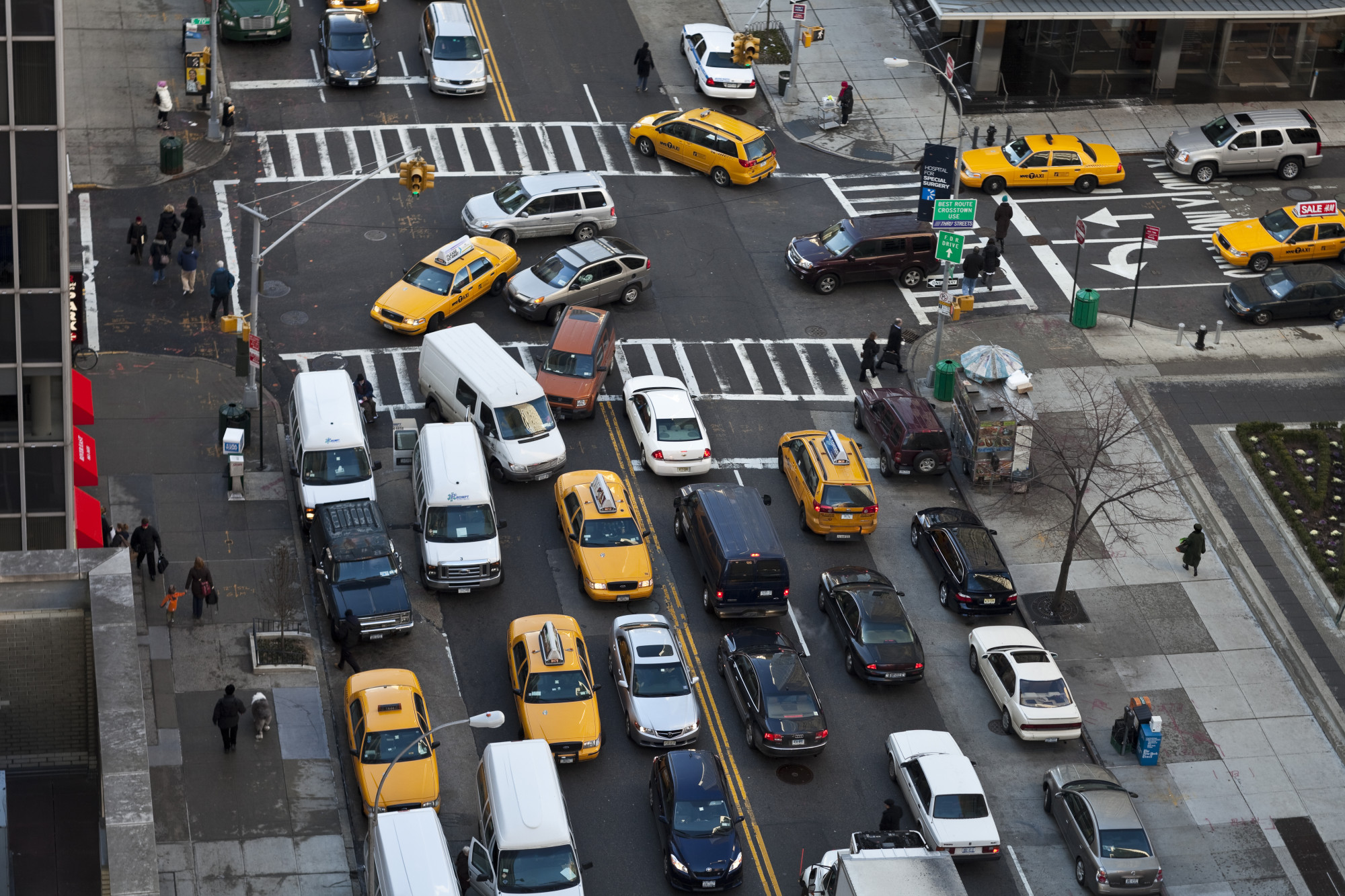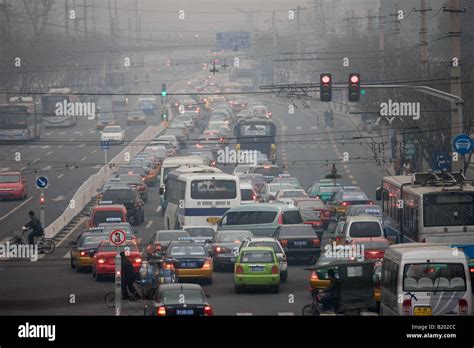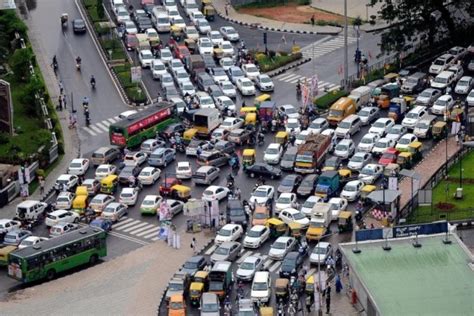Traffic Congestion Problems

Traffic congestion is a global issue that affects urban areas, impacting daily commutes, business operations, and overall quality of life. It leads to significant economic losses, increased pollution, and a decline in productivity. With the world's population rapidly urbanizing, finding effective solutions to mitigate traffic congestion has become imperative. This comprehensive article delves into the causes, effects, and potential remedies for this pressing problem.
Understanding the Causes of Traffic Congestion

Traffic congestion arises from a complex interplay of factors. Population growth, particularly in metropolitan areas, is a primary contributor. As cities expand, so does the number of vehicles on the road, straining existing infrastructure. Urban planning also plays a crucial role. Inadequate road networks, poorly designed intersections, and limited public transportation options can exacerbate congestion. Additionally, peak travel times, often during morning and evening commutes, create bottlenecks as vehicles converge onto limited road capacity.
Furthermore, unpredictable events such as accidents, roadworks, and extreme weather conditions can significantly impact traffic flow. These incidents, though temporary, have long-lasting effects on commute times and overall congestion levels.
The Impact of Congestion on Cities
The effects of traffic congestion are far-reaching and detrimental. Economic losses are a significant concern, with businesses incurring higher operational costs due to increased fuel consumption and delayed deliveries. Employees often face reduced productivity due to longer commute times, impacting overall economic performance.
Traffic congestion also has a detrimental environmental impact. The increased fuel consumption leads to higher emissions of greenhouse gases and air pollutants, contributing to climate change and poor air quality. Additionally, the stress and frustration caused by congestion can have negative health effects, including increased blood pressure, anxiety, and even depression.
Moreover, congestion can lead to reduced road safety as frustrated drivers may engage in risky behaviors, increasing the likelihood of accidents. The overall impact on quality of life is significant, with individuals spending more time in traffic and less time on personal and leisure activities.
Implementing Effective Solutions

Addressing traffic congestion requires a multifaceted approach. Improving urban planning is crucial, with a focus on developing efficient road networks and public transportation systems. This includes the construction of new roads, widening existing ones, and investing in rapid transit systems like subways and light rail.
Implementing intelligent transportation systems (ITS) can significantly enhance traffic management. These systems utilize advanced technologies such as real-time traffic data, adaptive traffic signals, and dynamic messaging to optimize traffic flow and reduce congestion. Additionally, ITS can provide valuable data for future infrastructure planning and development.
The Role of Technology and Data
Technology plays a pivotal role in managing and reducing traffic congestion. Advanced traffic monitoring systems, such as sensors and cameras, can collect real-time data on vehicle movements, speeds, and congestion levels. This data can then be used to adjust traffic signals, implement dynamic routing, and inform drivers of alternative routes.
Furthermore, smart parking solutions can contribute to congestion reduction. By providing real-time parking availability information, drivers can avoid circling congested areas in search of parking spots. This not only reduces traffic but also minimizes emissions and driver frustration.
The integration of artificial intelligence (AI) and machine learning algorithms offers even more sophisticated solutions. These technologies can analyze vast amounts of traffic data to predict congestion patterns, identify bottlenecks, and optimize traffic flow accordingly. AI-powered systems can also provide personalized travel recommendations to individuals, helping them navigate the most efficient routes.
Encouraging Sustainable Transportation Choices
Promoting sustainable transportation options is another crucial aspect of congestion management. Encouraging the use of public transportation, cycling, and walking not only reduces the number of vehicles on the road but also promotes a healthier and more environmentally friendly lifestyle.
Incentivizing the use of electric vehicles (EVs) can also contribute to congestion reduction. EVs produce zero tailpipe emissions and have lower operating costs, making them an attractive option for commuters. Furthermore, the development of EV charging infrastructure can support the transition to more sustainable transportation.
The Future of Congestion Management
The future of traffic congestion management lies in integrated mobility solutions. This includes the development of multimodal transportation systems that seamlessly connect various modes of transport, such as buses, trains, and ride-sharing services. By offering convenient and efficient alternatives to private vehicle ownership, cities can significantly reduce congestion.
Additionally, the rise of autonomous vehicles (AVs) has the potential to revolutionize traffic management. AVs can communicate with each other and with infrastructure, enabling more efficient and safer movement of vehicles. This technology, combined with advanced traffic management systems, could lead to significant congestion reduction and improved road safety.
| Traffic Congestion Metric | Real-World Data |
|---|---|
| Economic Loss Due to Congestion | $200 billion annually in the US alone |
| Average Time Lost in Traffic | 100 hours per year for commuters in congested cities |
| Air Pollution Increase | Up to 50% higher emissions in congested areas |

How does traffic congestion impact economic growth?
+Traffic congestion leads to increased operational costs for businesses, reduced productivity, and delayed deliveries. This, in turn, can hinder economic growth and development.
What are some successful examples of congestion management?
+Singapore’s Electronic Road Pricing system and London’s Congestion Charge have been successful in managing congestion by incentivizing alternative transportation choices and optimizing traffic flow.
How can technology improve traffic management in developing countries?
+Developing countries can leverage technology to enhance traffic management by implementing affordable and accessible solutions such as smartphone-based traffic monitoring and routing apps, which can provide real-time traffic updates and alternative route suggestions.



